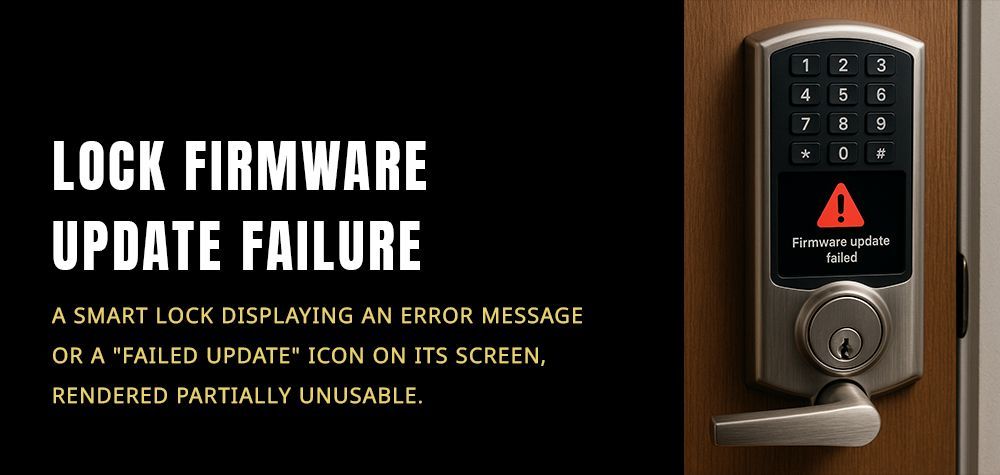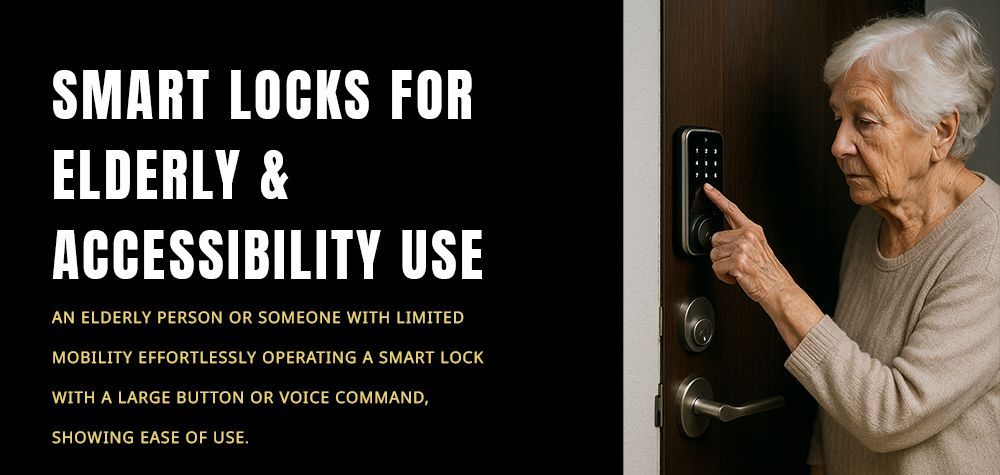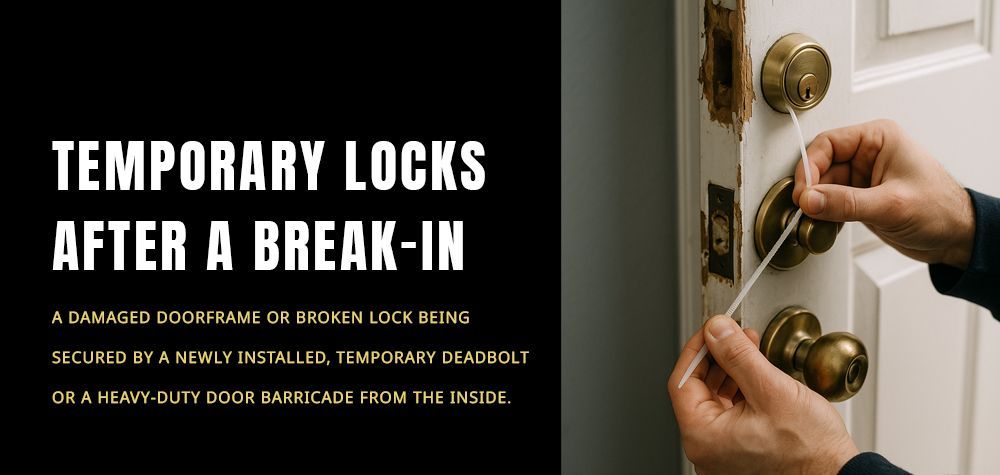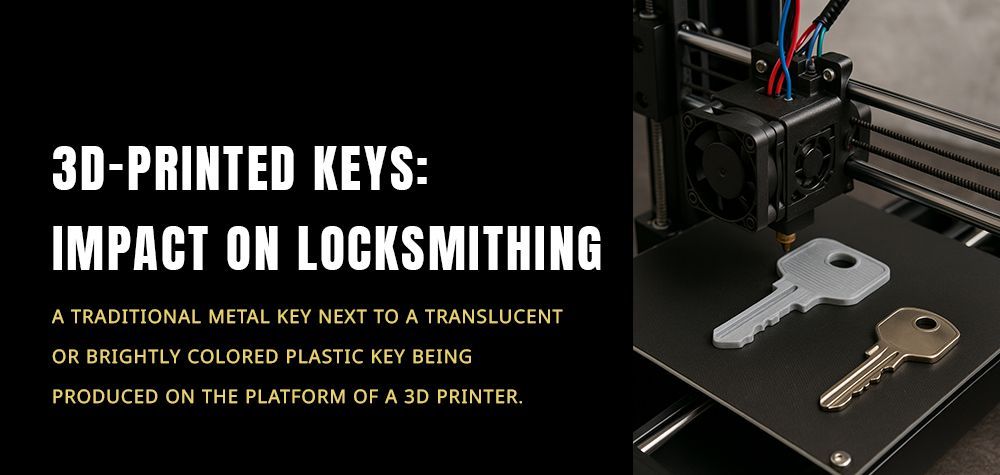What Are Car Key Fobs and How Do They Work?
Imagine walking up to your car, pressing a button, and watching the doors unlock instantly—no fumbling for keys, no hassle. That’s the magic of a car key fob. But have you ever wondered how this little device works? Car key fobs have revolutionized vehicle security and convenience, replacing traditional metal keys with smart technology. Over the years, they have evolved from simple remote entry devices to advanced systems that can start your engine, adjust seats, and even summon your car in some cases.
Understanding how a car key fob works, the potential issues that can arise, and how to fix them is essential for any car owner. Let’s take a deep dive into everything you need to know about these small but powerful devices.
Why Your Car’s Key Fob Stopped Working & How to Fix It
What is a Car Key Fob?
A car key fob is a compact, electronic device that communicates with your vehicle using radio frequency identification (RFID) or Bluetooth technology. These fobs serve as remote controllers that allow you to unlock doors, start your engine, or even open your trunk without physically inserting a key into a lock. Some high-end vehicles also have proximity-based keyless entry, where the car automatically unlocks when you approach.
Key fobs typically work using a small battery-powered transmitter that sends coded signals to a receiver inside the car. When the correct signal is received, the vehicle responds accordingly, performing the desired function.
How Do Car Key Fobs Work?
At its core, a key fob works through a process of encrypted communication between the fob and the car’s receiver. Here’s a step-by-step breakdown:
- Signal Transmission: When you press a button on the fob (such as “unlock” or “lock”), it transmits a radio frequency (RF) signal encoded with a unique digital code.
- Vehicle Recognition: The car’s receiver picks up the RF signal and deciphers whether it matches the pre-programmed code stored in the car’s computer.
- Authentication Process: If the code is correct, the car’s control system activates the corresponding function, whether it’s unlocking doors, opening the trunk, or starting the engine.
- Rolling Codes for Security: Modern key fobs use rolling codes, which means that each time the fob is used, a new random code is generated. This prevents hackers from intercepting and reusing the signal to gain unauthorized access to the car.
- Passive Keyless Entry: Some advanced key fobs use proximity sensors, allowing you to unlock and start your vehicle simply by being near it. The car detects the key fob within a specific range and enables entry and ignition without pressing a button.
Common Issues with Car Key Fobs
While key fobs add convenience, they are not immune to problems. Some of the most common issues include:
- Dead Battery: The most frequent culprit is a depleted battery, which prevents the fob from transmitting signals.
- Signal Interference: Other electronic devices or strong RF signals can disrupt communication between the fob and the car.
- Desynchronization: In rare cases, the fob may become desynchronized from the car, requiring reprogramming.
- Physical Damage: Dropping or exposing the fob to water can damage internal components.
- Malfunctioning Car Receiver: If the receiver in the car fails, the key fob won’t function even if it is working perfectly.
How to Fix a Malfunctioning Key Fob
If your key fob stops working, here are some steps you can take to troubleshoot and resolve the issue:
- Replace the Battery: Open the fob using a small screwdriver and replace the button-cell battery inside.
- Check for Signal Interference: Move away from electronic devices or wireless transmitters that might be blocking the signal.
- Reprogram the Fob: Some fobs require reprogramming after a battery change. Check your car’s manual for instructions.
- Inspect for Physical Damage: If your fob has been dropped or exposed to water, internal repairs may be necessary.
- Use a Backup Key: If you have a spare key fob, try using it to determine if the issue is with the fob itself or the car’s receiver.
- Visit a Professional: If none of the above solutions work, visit a locksmith or dealership to have the key fob inspected and repaired.
Risks and Security Concerns with Key Fobs
While key fobs enhance convenience, they also present security risks if not properly managed.
- Relay Theft: Thieves can use signal amplifiers to intercept and extend the range of your key fob’s signal, tricking your car into unlocking even when you are far away.
- Signal Jamming: Criminals can block your fob’s signal while you attempt to lock your car, leaving it unlocked without your knowledge.
- Cloning Attacks: Although modern rolling codes provide security, sophisticated hackers have found ways to clone fob signals.
Preventive Measures to Keep Your Key Fob Secure
To minimize security risks, consider these precautions:
- Store Your Key Fob in a Signal-Blocking Pouch: Also known as a Faraday pouch, this can block unwanted signals from reaching your key fob.
- Turn Off Keyless Entry (If Possible): Some vehicles allow you to disable passive entry when not in use.
- Keep Your Fob Away from Windows and Doors: Storing your fob far from entry points prevents signal interception.
- Use a Steering Wheel Lock: Adding a physical deterrent can provide an extra layer of security.
The Future of Car Key Fobs
Car key technology continues to evolve, with manufacturers developing even more advanced access methods. Some luxury brands now offer smartphone-based digital keys, allowing you to unlock and start your car using an app. Biometric authentication, such as fingerprint scanning or facial recognition, is also being explored as a future replacement for traditional key fobs.
Conclusion: The Small Device That Changed Everything
Car key fobs have transformed vehicle access, making it more secure and convenient than ever. While they come with occasional technical and security challenges, proper maintenance and awareness can keep them functioning smoothly. Understanding how key fobs work, troubleshooting common problems, and taking preventive security measures will ensure that this little device continues to serve you well. As technology advances, we may soon see key fobs become a thing of the past, replaced by even smarter, more secure alternatives. Until then, keep your fob safe, your battery fresh, and your car locked with confidence!
Call Us Any Time!









